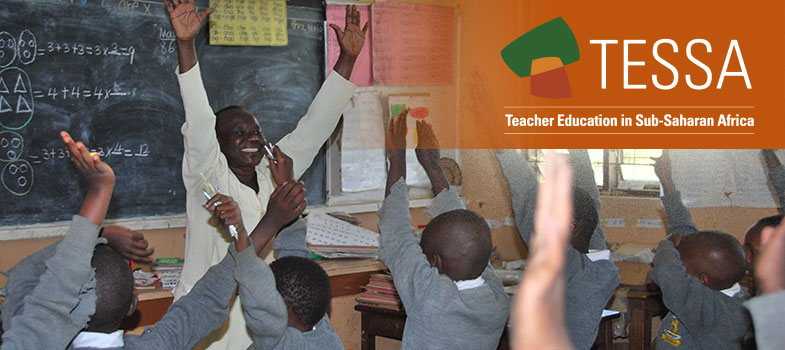3. Improving the local community
Having explored differences and similarities between geographical locations with your class, a next step could be to use these ideas by involving your pupils in thinking of ways to improve their environment. Case Study 3 shows how one teacher developed a school garden as part of her science and social studies lessons and the Key Activity helps pupils explore how their local environment can be improved.
Case Study 3: Developing the school environment
Mrs Mamuna teaches social studies to her class 4 and 5 in Eastern Region of Ghana. She has been exploring similarities and differences in different locations. She wants her pupils to use this information to think about how they could improve their local environment around the school in a way that is sustainable (see Resource 3: Education for sustainable development).
After much discussion, her pupils decided they would like to make some places to sit in the garden, and also to paint on the playground or make games to play at break times.
She allowed the pupils to discuss in their groups what this would involve. They needed to think about:
- where to put the seats;
- what they would make them out of;
- gaining permission from the head teacher;
- involving parents and other community members;
- what games they wanted;
Together they made a plan of action, which was displayed on the wall. The head teacher asked to come and listen to their ideas.
Key Activity: Improving the environment
Ask your pupils what they like about their community and the school environment and list these on the chalkboard.
Next, ask them to brainstorm ways they could improve their school environment.
Ask them these two questions to start them talking:
- How could you make the school environment more interesting at play time?
- How could you encourage everyone to take pride in the school and protect it?
As each group feeds back their ideas, list the two most popular ones on the board.
When all the groups have fed back, go through each suggestion – summarising what it is.
Now ask your pupils (individually or in groups) to draw up a plan, that can be displayed in the wall, of the option for improving the environment that they would choose.
2. Organising group work to compare and contrast local areas



